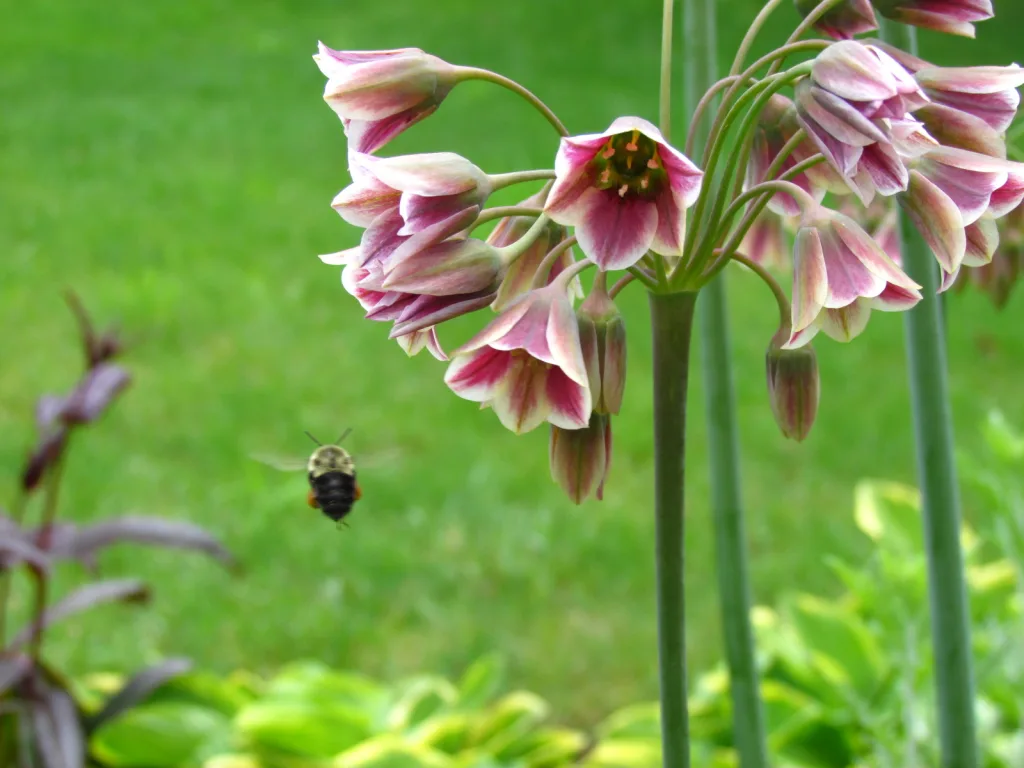by A. Karim Ahmed, Ph.D.
(National Council for Science and the Environment; University of Connecticut Health Center; Board Member, IREJN)
The “windshield phenomenon” it is called – not seeing the splatter of flying insects on one’s car’s windshield as warm weather returns. And it appears to be a worldwide phenomena. Scientists in several regions of the Europe and North America have noticed an alarming reduction of insect population in their midst. This has major implications for both the biotic world and human society.
In a recent article in the leading scientific journal, Science (May 10, 2017, Volume 356, pages 576 – 579, http://www.sciencemag.org/news/2017/05/where-have-all-insects-gone), the widespread loss of insect population are being talked about by insect specialists as an everyday driving experience – spending less time cleaning dirty windshields – and belatedly trying to gather reliable data to quantify these losses.
Entomologists call it the windshield phenomenon. If you talk to people, they have a gut feeling. They remember how insects used to smash on your windscreen,” says Wolfgang Wägele, director of the Leibniz Institute for Animal Biodiversity in Bonn, Germany. Today, drivers spend less time scraping and scrubbing. “I’m a very data-driven person,” says Scott Black, executive director of the Xerces Society for Invertebrate Conservation in Portland, Oregon. “But it is a visceral reaction when you realize you don’t see that mess anymore.”
Though observations about splattered bugs aren’t scientific, few reliable data exist on the fate of important insect species. Scientists have tracked alarming declines in domesticated honey bees, monarch butterflies, and lightning bugs. But few have paid attention to the moths, hover flies, beetles, and countless other insects that buzz and flitter through the warm months. “We have a pretty good track record of ignoring most noncharismatic species,” which most insects are, says Joe Nocera, an ecologist at the University of New Brunswick in Canada.
Before reading the May 10th Science article, as I was driving long distances around different parts of New England earlier last week, I noticed my car’s clean windshields, marveling how few times I’ve needed to scrape off insect detritus during the past few years. Nevertheless, the article sent a shock wave through me that I hadn’t expected, but I was not entirely surprised. Perhaps our readers may have noticed these “windshield phenomenon” recently too. In fact, where entomologists have collected flying insect data in monitoring traps for the past few decades, they have reported a precipitous drop in insect population.
Weighty disappearances: The mass of insects collected by monitoring traps in Orbroicher Bruch nature reserve in northwest Germany dropped 78% in 24 years.

It is not entirely clear what’s causing these losses in insect population. Two factors stand out as primary contributors – drastic changes in habitat from increasing agricultural production and changing weather patterns, and the intensive use of a new generation of neonicotinoid pesticides.
Changes in land use surrounding the reserves are probably playing a role. “We’ve lost huge amounts of habitat, which has certainly contributed to all these declines,” Dave Goulson [of University of Sussex, UK] says. “If we turn all the seminatural habitats to wheat and cornfields, then there will be virtually no life in those fields.” As fields expand and hedgerows disappear, the isolated islands of habitat left can support fewer species.
Neonicotinoid pesticides, already implicated in the widespread crash of bee populations, are another prime suspect. Introduced in the 1980s, they are now the world’s most popular insecticides, initially viewed as relatively benign because they are often applied directly to seeds rather than sprayed. But because they are water soluble, they don’t stay put in the fields where they are used. Goulson and his colleagues reported in 2015 that nectar and pollen from wildflowers next to treated fields can have higher concentrations of neonicotinoids than the crop plants.
Among short and long term effects are their adverse impacts on varieties of bird species that feed on flying insects and on the pollination and reproduction of many species of plants. Not only will this trend lead to severe biodiversity losses and ecosystem disturbances, they have enormous consequences for the future of human society.
Such losses reverberate up the food chain. “If you’re an insect-eating bird living in that area, four-fifths of your food is gone in the last quarter-century, which is staggering,” says Dave Goulson, an ecologist at the University of Sussex in the United Kingdom, who is working with the Krefeld group to analyze and publish some of the data. “One almost hopes that it’s not representative—that it’s some strange artifact.”
Paying attention to what E. O. Wilson [of Harvard University] calls “the little things that run the world” is worthwhile, Martin Sorg [of Krefeld Entomological Society] says. “We won’t exterminate all insects. That’s nonsense. Vertebrates would die out first. But we can cause massive damage to biodiversity—damage that harms us.”
In sum, it is time for us to pay serious attention to the widespread loss of these flying insects, with the attendant loss of thousands of bird and plant species around the world. They seem to be warning us about our future. One could almost yearn to have those buggy windshields back once more.
